What is Infrared Technology? Seeing Beyond Visible Light
Understanding the Electromagnetic Spectrum
To appreciate the power of infrared technology, it’s essential to understand the electromagnetic spectrum—a vast continuum of electromagnetic radiation that includes everything from radio waves to gamma rays. Visible light, the narrow band our eyes can detect, is just a small slice of this spectrum. Infrared radiation sits just beyond the red edge of visible light, characterized by longer wavelengths and lower frequencies. The discovery of infrared involved a warmer temperature measurement just beyond the red end of the visible spectrum, where thermometers detected increased heat, revealing the presence of infrared radiation.
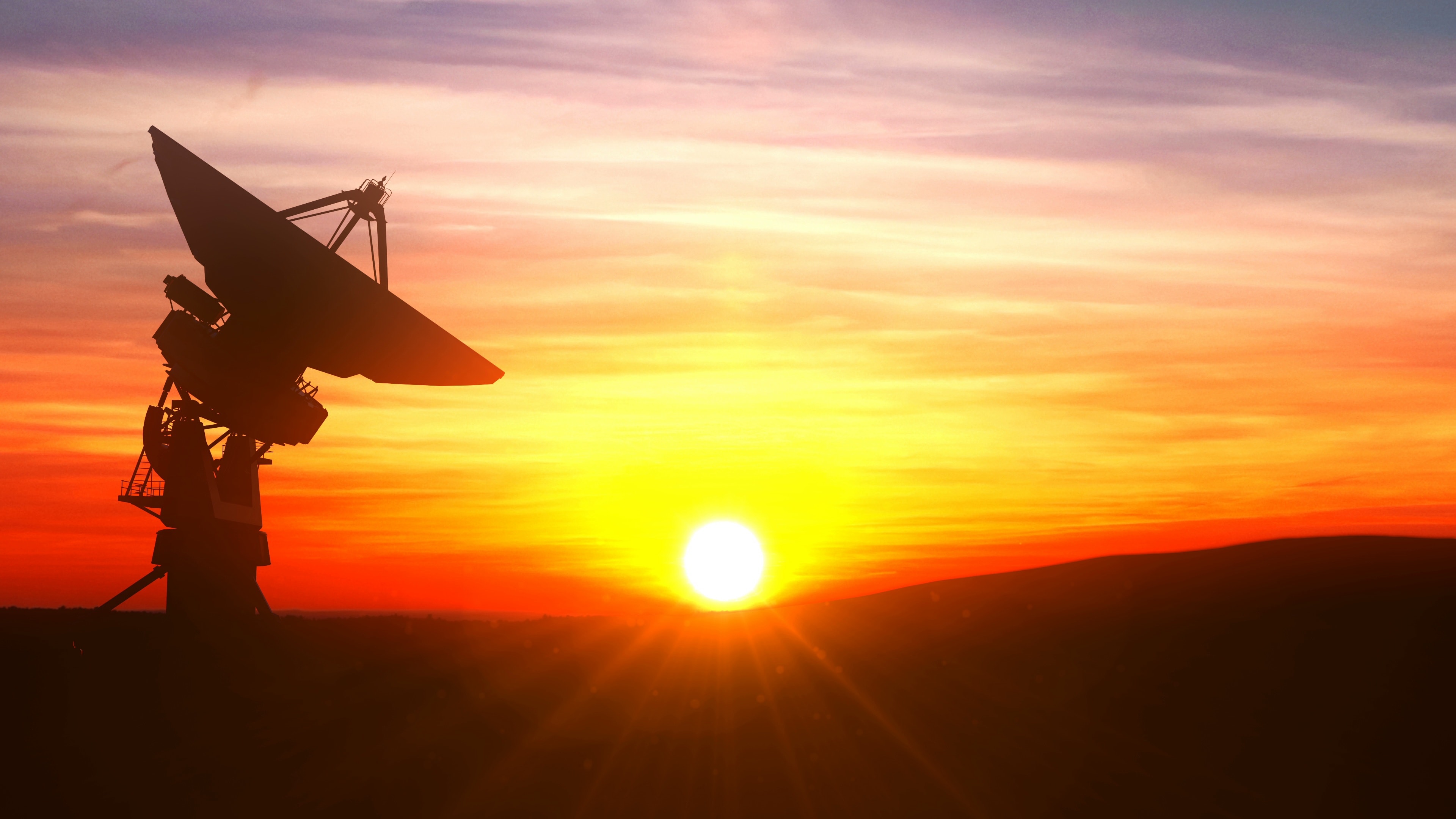
The infrared portion of the spectrum is divided into short wave infrared, mid infrared, and long wave infrared, each with unique properties and applications. Infrared cameras are engineered to capture specific bands within this range, allowing them to detect thermal emissions that are invisible to the naked eye.
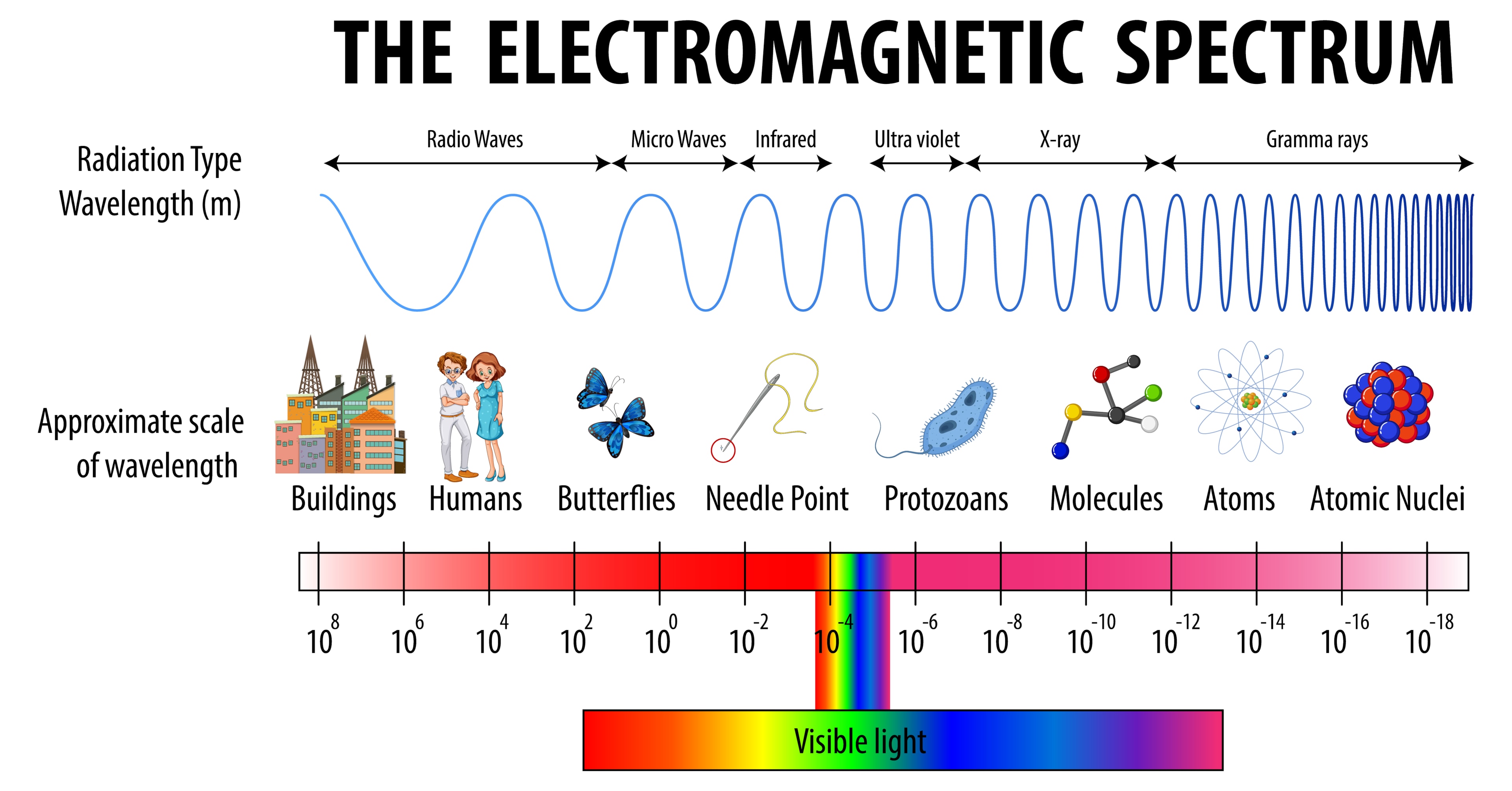
Infrared Tech: Seeing Beyond the Visible Spectrum
What is Infrared Technology
Infrared technology uses specialized sensors to detect both emitted and reflected infrared radiation, turning invisible heat into visible images called infrared images. Long-wave infrared (LWIR) and mid-wave infrared (MWIR) capture thermal emissions, while short-wave infrared (SWIR) also records reflected light—making it effective in low-light, fog, or haze. This versatility powers 24/7 thermal imaging for surveillance, medical diagnostics, industrial, and environmental applications.
What is Infrared Radiation?
Infrared radiation is a type of electromagnetic radiation that lies between visible light and microwaves on the spectrum. We experience it as heat energy, since all objects above absolute zero emit infrared radiation. This process is known as thermal emission, which refers to the heat energy radiated by objects. While invisible to the human eye, infrared light can be both emitted and reflected, allowing infrared sensors to capture heat signatures and convert them into visible images. This makes infrared essential for thermal imaging, surveillance, industrial monitoring, and scientific research.
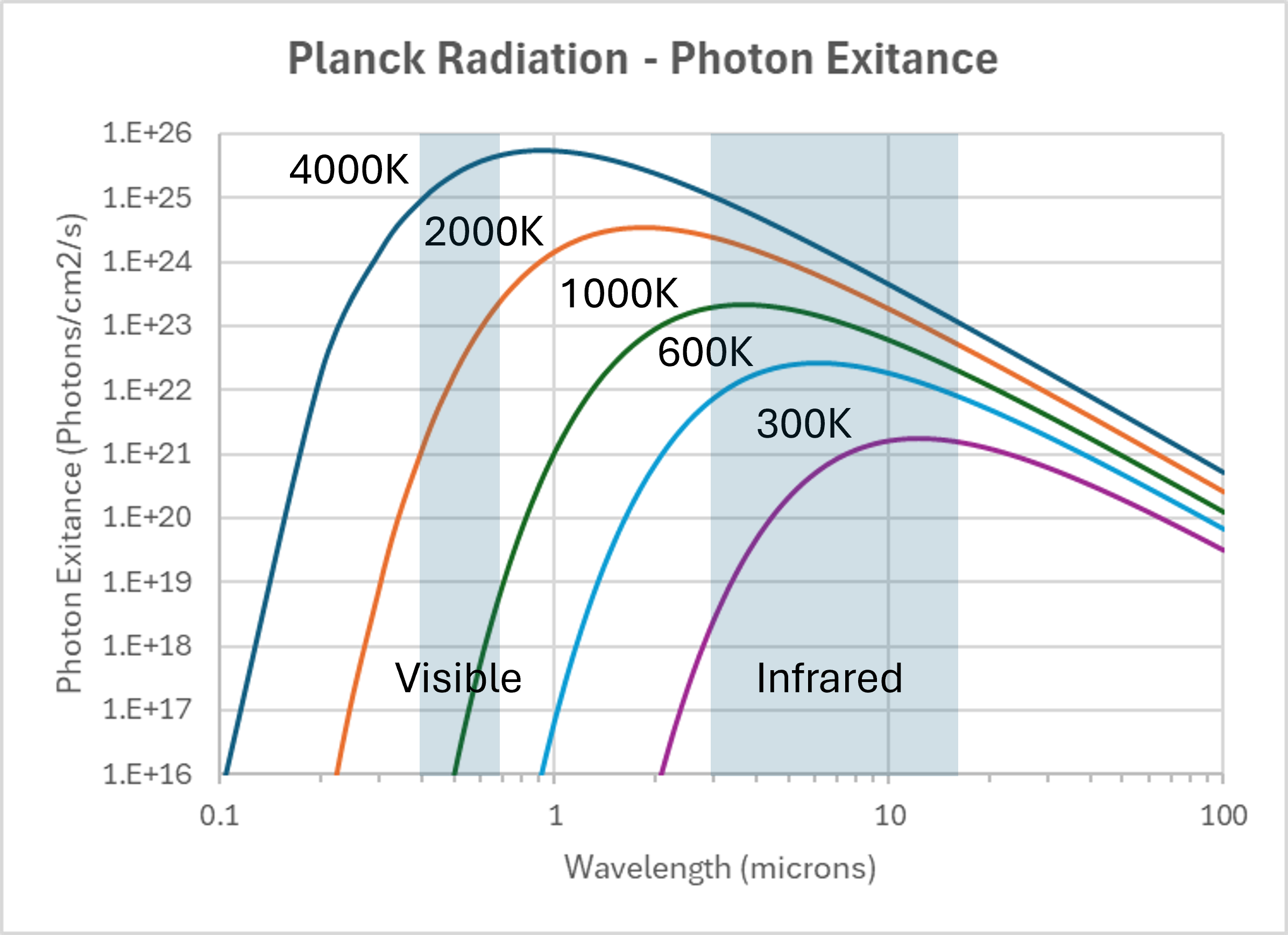
What Exactly is Infrared Energy?
Infrared energy is a form of radiant energy on the electromagnetic spectrum, located just beyond the red end of visible light. All objects above absolute zero emit infrared radiation as heat, even though it cannot be seen by the human eye. Infrared waves can be detected with instruments like infrared cameras and night-vision goggles, making heat visible. The infrared range is divided into short-wave (SWIR), mid-wave (MWIR), and long-wave (LWIR), each revealing different details—from subtle temperature changes to objects in total darkness.
Atmospheric transmission defines the wavebands of the electromagnetic spectrum that can be used in practical applications. There is strong atmospheric absorption between 5 and 8 microns which separates the MWIR from the LWIR.
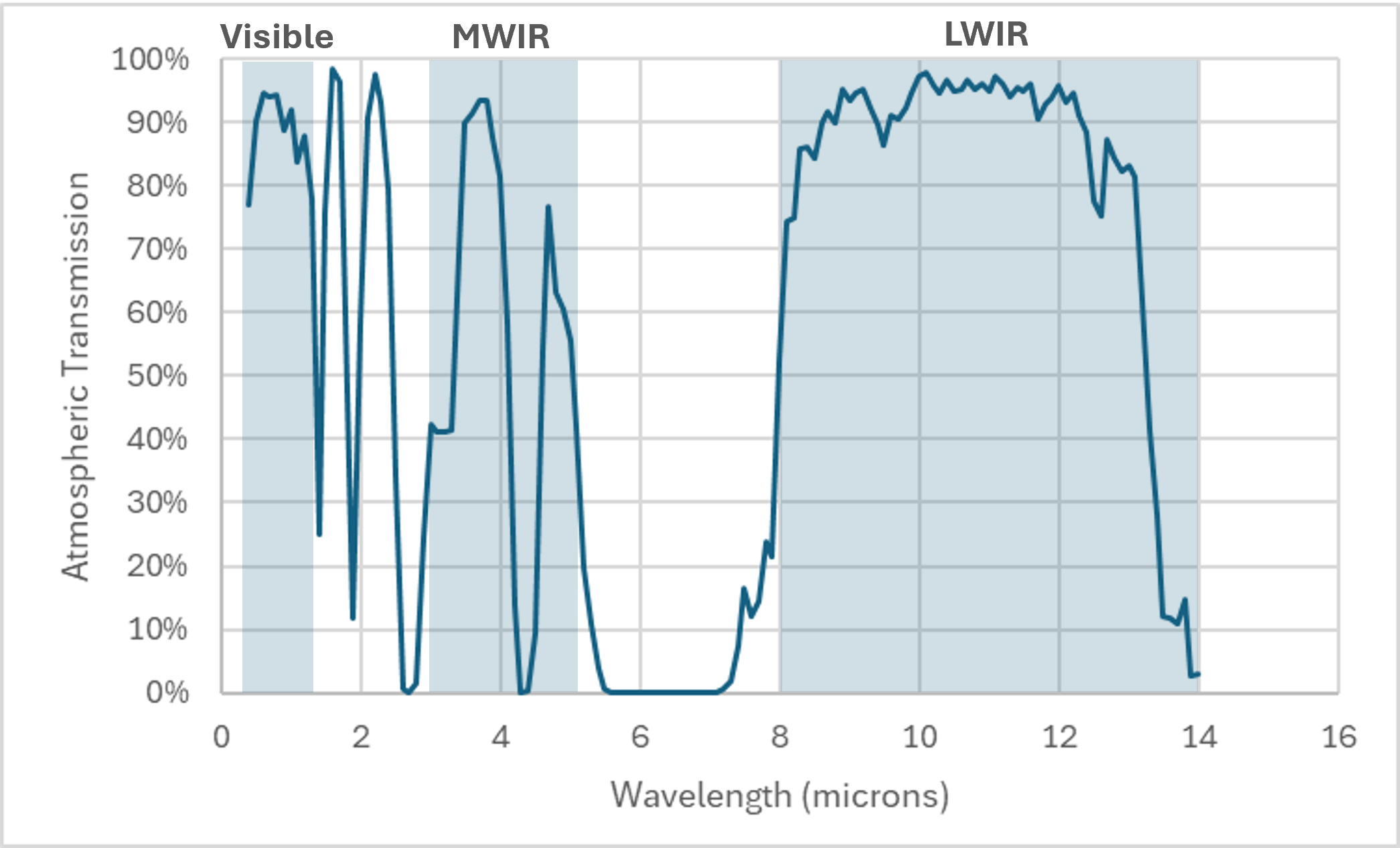
What is the Difference Between SWIR, MWIR, LWIR?
The infrared spectrum is divided into three main bands: short-wave infrared (SWIR, 0.9–1.7 µm), mid-wave infrared (MWIR, 3–5 µm), and long-wave infrared (LWIR, 8–12 µm). Each band has unique advantages—SWIR captures reflected light for imaging in fog, haze, or smoke; MWIR detects thermal emissions and subtle temperature differences; and LWIR excels at thermal imaging and night vision in total darkness. Together, they enable applications in surveillance, industrial monitoring, medical diagnostics, and scientific observation.
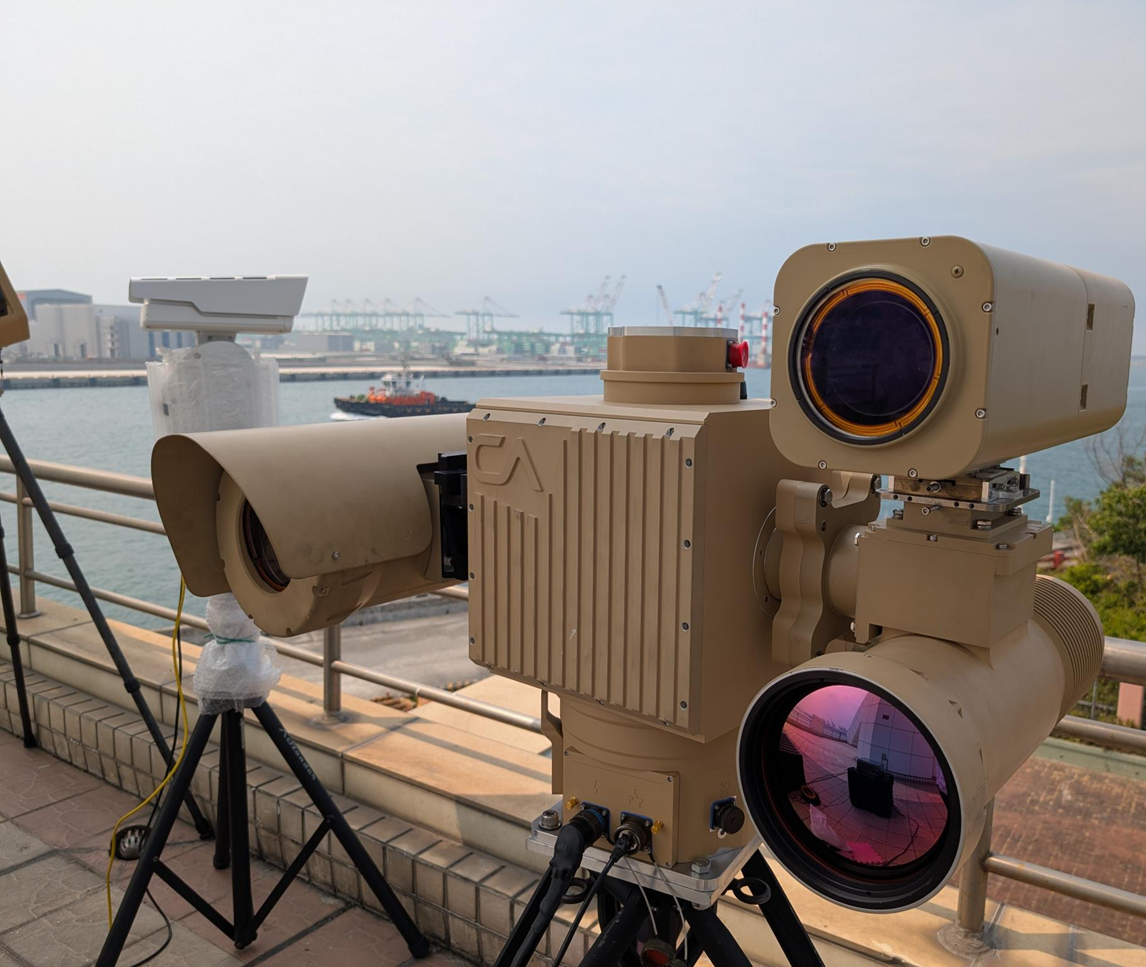
What is Short-Wave Infrared (SWIR)?
SWIR covers wavelengths from 0.9 to 1.7 micrometers, just beyond the visible spectrum. It captures reflected infrared light, which makes it highly effective in fog, haze, and smoke where traditional cameras fail. SWIR cameras are used for industrial inspection, environmental monitoring, medical imaging such as cancer detection, and evaluating vegetation health. Its fine-detail imaging also supports material sorting and contaminant detection.
What is Mid-Wave Infrared (MWIR)?
MWIR spans wavelengths from 3 to 5 micrometers and is positioned in the middle of the infrared spectrum. It detects both emitted infrared radiation and reflected light, making it highly effective for spotting thermal differences. MWIR cameras are widely used in surveillance, military operations, and industry monitoring, where they can detect warm objects such as people or vehicles against cooler backgrounds, identify overheating equipment, and improve situational awareness in critical environments.
What is Long-Wave Infrared (LWIR)?
LWIR spans wavelengths from 8 to 12 micrometers and is primarily used for night vision and thermal imaging. It detects thermal radiation and subtle temperature differences, making it effective in total darkness and through smoke or fog. LWIR cameras are widely used for building inspections, medical diagnostics, search-and-rescue, wildlife tracking, and detecting energy losses in infrastructure. This long-wave band is also valuable in environmental monitoring and firefighting operations.
What is Far-Infrared (FIR)?
Far-infrared (FIR) covers long wavelengths from 15 micrometers to 1 millimeter, extending beyond long-wave infrared (LWIR). It captures low-energy thermal radiation from cooler objects and is widely used in space science, infrared astronomy, environmental monitoring, and material analysis. FIR detectors allow researchers to study the Earth’s thermal radiation, observe distant celestial bodies, and analyze heat emissions in scientific and industrial applications.
What is Blackbody Radiation and Thermal Imaging?
Blackbody radiation is the principle that all objects above absolute zero emit infrared radiation based on their temperature—the hotter the object, the more infrared energy it gives off, with the wavelength shifting as temperature changes. Infrared cameras detect this radiation emitted and convert it into detailed thermal images. This process, known as thermal imaging, highlights temperature differences invisible to the human eye. It is widely used for manufacturing monitoring to detect overheating machinery, and in security surveillance to identify intruders by their body heat, even in complete darkness.
How Does an Infrared Cameras Work?
An infrared camera doesn’t actually “see” temperature the way our eyes see visible light. Instead, it detects infrared radiation across specific infrared wavelengths within the broader IR spectrum. Objects in any infrared region—whether short-wave, mid-wave, or long wavelength infrared—emit energy as infrared waves and radiated heat. This energy emitted is captured by highly sensitive detectors, which convert it into electronic signals.
The sensor sensitivity determines how well the system can register small temperature differences. Advanced processing then converts those signals into a clear infrared image, much like a digital camera translates visible light energy into a photo. Warmer areas may appear brighter while cooler areas look darker, even if the absolute temperature difference is minimal.
Unlike standard cameras that rely on the visible light spectrum, infrared systems can operate beyond the visible range and visible light range, allowing them to detect objects in complete darkness, through fog, or in complex environments. They are also critical for analyzing infrared sources such as the human body, where wound healing, biological systems, and water absorption characteristics can be studied.
In addition, infrared lasers and specialized imaging within each infrared band are used for scientific exploration, from monitoring Earth’s climate and nasa science missions to industrial quality control. By extending vision beyond light energy visible to the human eye, infrared cameras provide unmatched capabilities for security, science, and medicine—seeing what ordinary cameras cannot.
What is an IR Illuminator?
An IR illuminator is a device that emits infrared light invisible to the human eye but detectable by infrared cameras and night vision devices. It enhances visibility in total darkness, fog, or smoke by providing infrared illumination for CCTV systems and night-vision cameras. Unlike visible lights, IR illuminators do not create glare or expose the observer’s position, making them ideal for covert surveillance, wildlife monitoring, and military operations.
Wavelength Infrared and Camera Selection
Choosing the right infrared camera depends on the wavelength range best suited for the mission. SWIR cameras, operating in the near wavelength infrared, capture reflected light for high-resolution imaging, making them ideal for material inspection, quality control, and environmental monitoring. MWIR cameras, tuned to the mid infrared wavelengths, excel at detecting small temperature differences, supporting industrial process control and predictive maintenance. For surveillance in difficult conditions, long wave infrared (LWIR) cameras—part of the far infrared band—deliver reliable thermal imaging, detecting heat signatures through smoke, fog, and total darkness. Matching the infrared wavelength range to the task ensures accurate detection, efficient monitoring, and enhanced security.
A Quick History of Infrared: From Prisms to Night Vision
The story of infrared light begins in 1800, when Sir William Herschel discovered that placing a thermometer just beyond the red end of the visible spectrum showed a rise in temperature. Herschel observed an even warmer temperature measurement beyond the visible red, which led to the discovery of infrared light. This observation revealed invisible infrared radiation, proving there was light beyond what the human eye could see within the electromagnetic spectrum.
By World War II, infrared technology advanced rapidly as the military developed night vision devices to detect energy the eye cannot see in low-visibility conditions. These early systems laid the foundation for today’s highly sophisticated infrared sensors, many of which are cooled to nearly 200 degrees below zero to achieve superior performance.
Types of Infrared Imaging: Meeting Specific Needs
Depending on what we’re trying to see, we can choose from a few flavors of infrared imaging:
-
Thermal Infrared Cameras: These use LWIR and MWIR sensors to capture small temperature differences, making them perfect for security, surveillance, and even medical diagnostics.
-
Near-Infrared (NIR) and Short-Wave IR (SWIR) Cameras: These use reflected IR energy and are used for industrial inspection and sorting as well as checking crop health as well as some cancer detection. The SWIR cameras are also used to see through fog and haze typically found in coastal regions
-
Specialized Infrared Cameras and Systems: Hyperspectral and multispectral imaging add extra layers of detail for research and environmental monitoring by splitting the IR bands into slices that can provide information about what the source of the energy is and identifying it. Infrared astronomy uses specialized infrared cameras to detect heat emission from celestial bodies, revealing details hidden from visible light observations. IR light and IR lasers are also used in advanced imaging and targeting systems for scientific and industrial applications. The use of an IR laser enables precision targeting, enhances imaging system performance, and allows for capturing specific IR wavelengths critical for scientific analyses.
Additionally, infrared sensors or thermometers are used for measuring temperature in various applications, from industrial settings to medical diagnostics. To do this the thermal energy received by these devices is calibrated to give actual temperatures.
Heat lamps are another practical application of infrared technology, using IR radiation to provide warmth in both household and industrial settings.
Infrared Astronomy: Exploring the Universe Beyond Visible Light
Infrared astronomy opens a window to the universe that the human eye—and even traditional optical telescopes—simply cannot see. By harnessing the power of infrared radiation, astronomers can peer through cosmic dust clouds, study the thermal emissions of distant galaxies, and uncover secrets hidden far beyond the visible light spectrum.
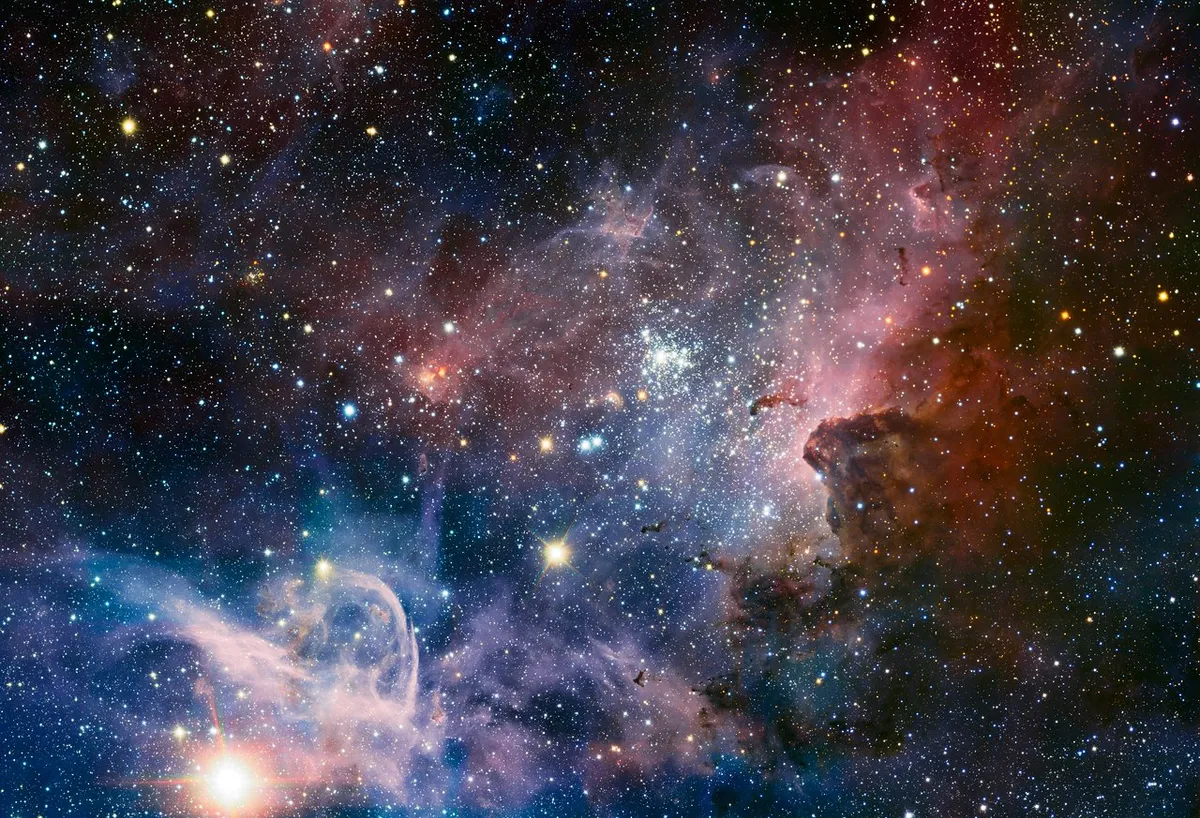
What is Infrared Astronomy?
Infrared astronomy studies the universe using infrared waves instead of visible light, allowing scientists to see through dust and gas that block ordinary telescopes. By capturing infrared radiation with SWIR, MWIR, and LWIR cameras, astronomers can detect thermal emissions, measure temperature differences, and observe hidden phenomena such as newborn stars, exoplanets, and the centers of galaxies. This ability to analyze the infrared portion of the electromagnetic spectrum has revolutionized our understanding of the cosmos and inspired technologies used in medical diagnostics, environmental monitoring, and industrial imaging.Unlike visible light, which is easily blocked or scattered by interstellar dust and gas, infrared waves have longer wavelengths that allow them to pass through these cosmic obstacles. This means that objects and phenomena invisible in the visible spectrum—such as the birthplaces of stars, the centers of galaxies, and even planets orbiting distant suns—can be revealed in stunning detail using infrared cameras and telescopes.
The ability to detect thermal infrared radiation has led to groundbreaking discoveries. For example, astronomers have used infrared imaging to study the formation and evolution of galaxies, observe the swirling disks around newborn stars, and even detect exoplanets by their heat signatures. Infrared astronomy has also played a crucial role in understanding black holes, mapping the structure of the Milky Way, and exploring the thermal radiation emitted by the Earth’s surface and other planets.
One of the most powerful advantages of infrared astronomy is its capacity to penetrate regions of space that are opaque to visible light. This allows scientists to study the hidden processes of star and planet formation, as well as to observe the thermal emissions from objects that do not emit visible light energy. By analyzing the infrared portion of the electromagnetic spectrum, astronomers can measure temperature differences, study the energy emitted by celestial bodies, and gain insights into their composition and behavior.
Infrared technology developed for astronomy has also found its way into industrial and scientific applications here on Earth. The same principles used to detect thermal emissions from distant galaxies are applied in environmental monitoring, medical diagnostics, and industrial process control—demonstrating the broad impact of advances in infrared imaging.
In summary, infrared astronomy is a vital tool for exploring the universe beyond the limits of visible light. By capturing and analyzing the radiation emitted in the infrared range, scientists can detect objects and phenomena that would otherwise remain hidden, deepening our understanding of the cosmos and driving innovation in infrared technology across multiple disciplines.
Infrared Technology in Action: Real-World Superpowers
infrared technology has taken on roles in nearly every industry:
-
Aerospace and Defense: Used in surveillance and night vision, these applications are critical for security and mission success.
-
Medical Field: Non-invasive thermal imaging can detect fevers, inflammation, circulation issues, and even detect tumors that are too small to be felt by palpitation.
-
Industrial and Agricultural Applications: Quality control, detecting heat loss, and even monitoring crop health—IR is a silent workhorse. Additionally, Infrared spectroscopy plays a crucial role in analyzing chemical compositions, enhancing the precision and efficiency of these applications.
-
Environmental Monitoring: From wildlife tracking to weather forecasting, IR helps scientists track changes and keep our world in check. Infrared technology is also used to capture infrared images of the earth’s surface, enabling scientists to differentiate land and sea, monitor surface temperature changes, and identify heat sources like volcanoes and forest fires on the earth's surface.
-
Consumer Electronics and Automotive: Ever used face ID or seen a driver-assist system in action? IR tech is quietly powering these everyday conveniences.
Challenges of Infrared Detectors
Despite their advantages, infrared detectors face several challenges. Infrared sensors remain complex and costly to manufacture, limiting widespread adoption. Interpreting infrared images can also be difficult, as environmental noise, water absorption, and atmospheric distortion reduce clarity and accuracy. These factors make data analysis more demanding and require advanced processing to ensure reliable results.
The Future of Infrared: Boundless Possibilities
The future of infrared technology extends far beyond today’s uses. Advances in infrared energy detection are opening new roles in driverless cars, autonomous robots, and smart infrastructure. Imagine vehicles using infrared cameras to detect obstacles in total darkness, or robots equipped with infrared vision operating continuously without relying on visible light.
Demand for infrared systems is accelerating across automation, aerospace, and space research, driven by breakthroughs in material science and the integration of AI for faster, smarter decision-making. As innovation continues, infrared will move from a specialized tool to a core technology shaping how machines see and interact with the world.